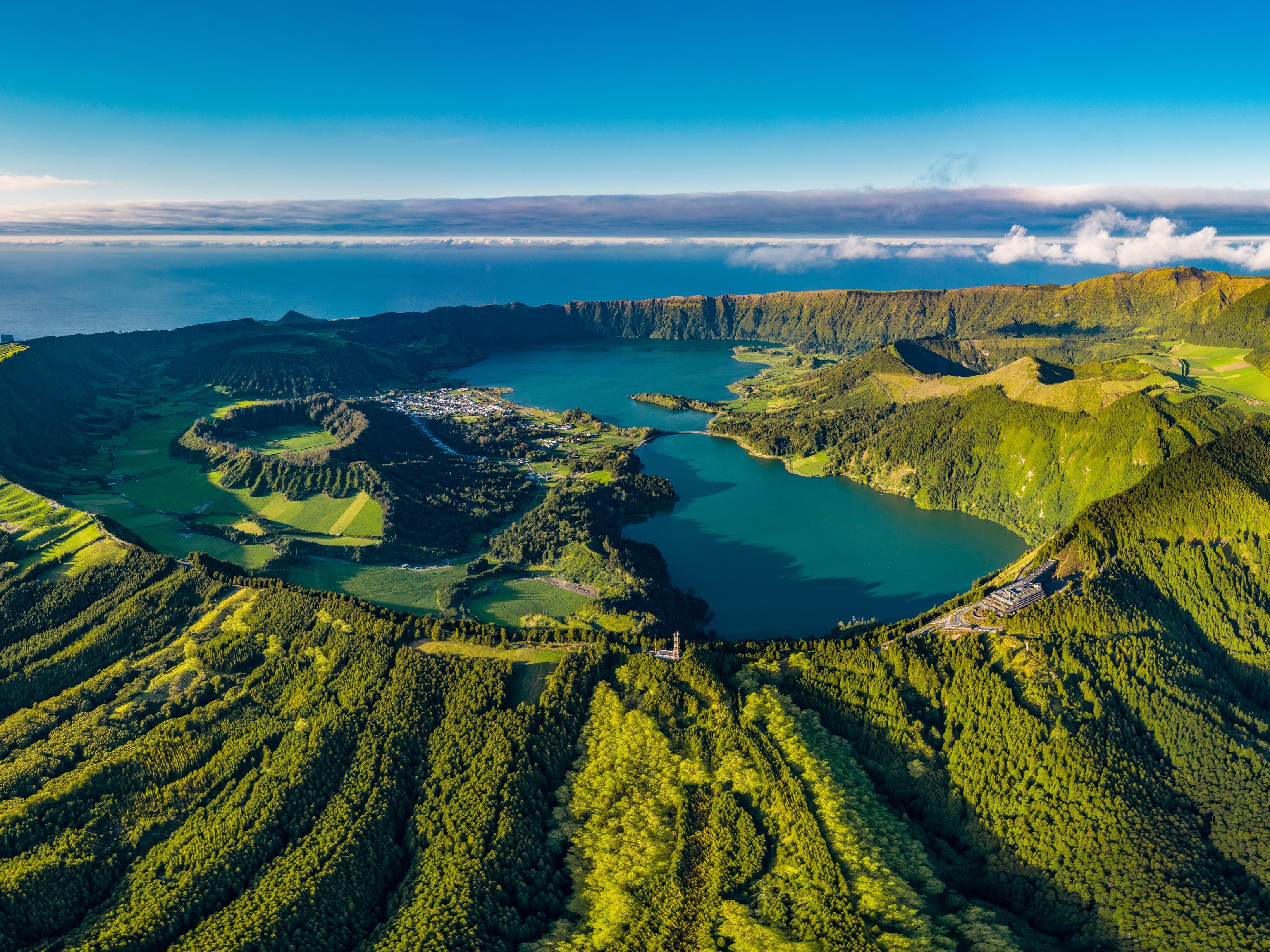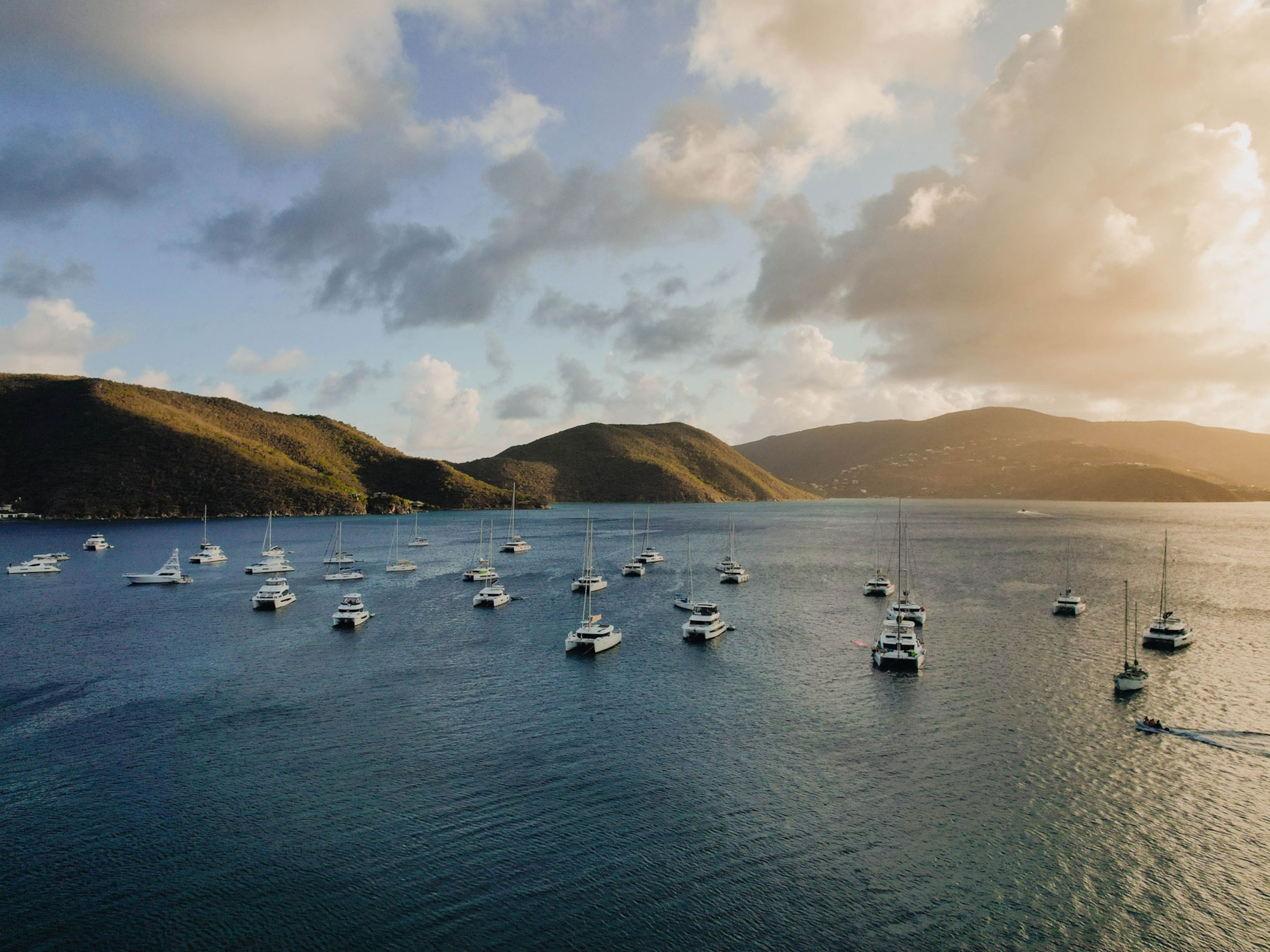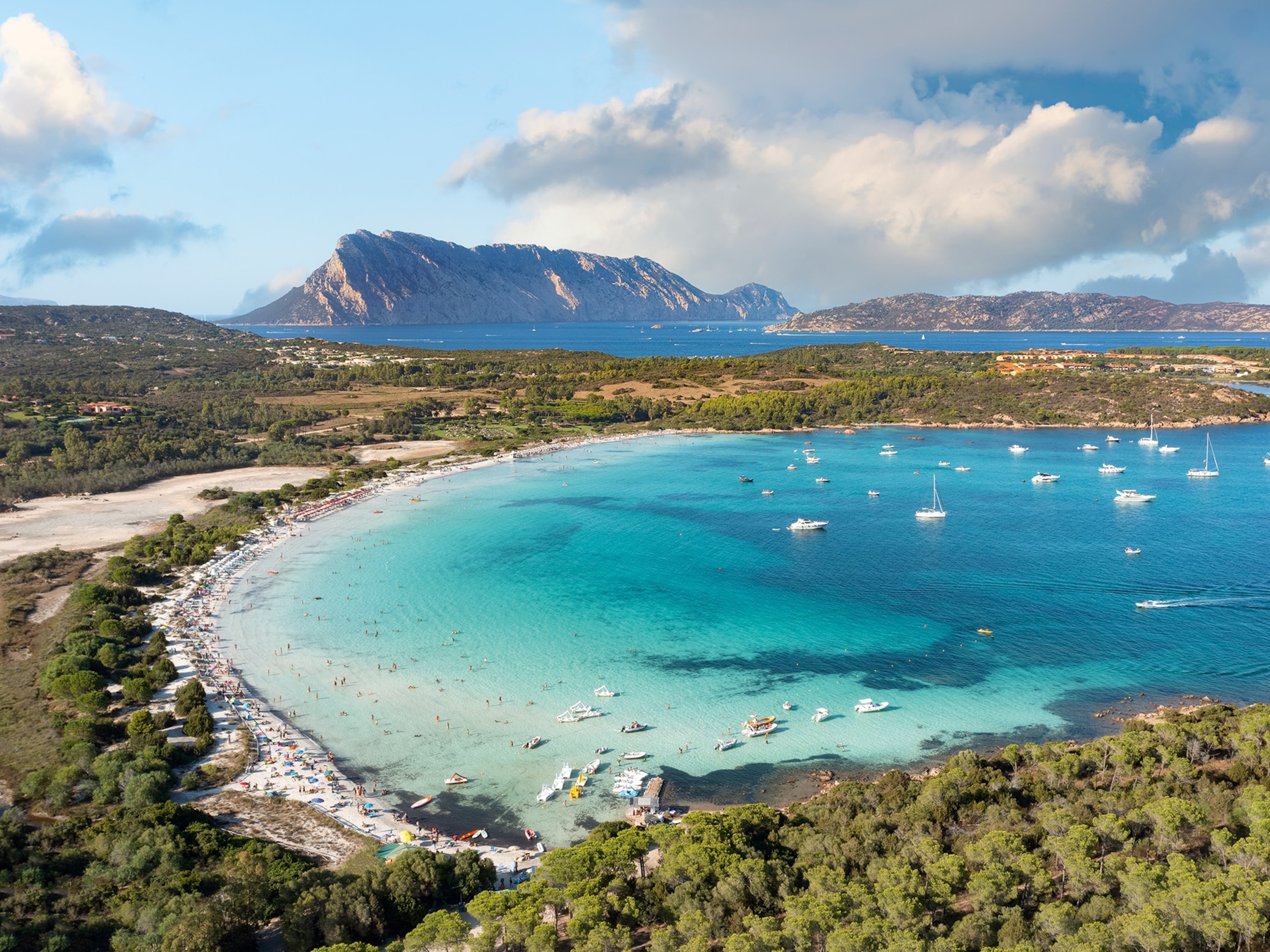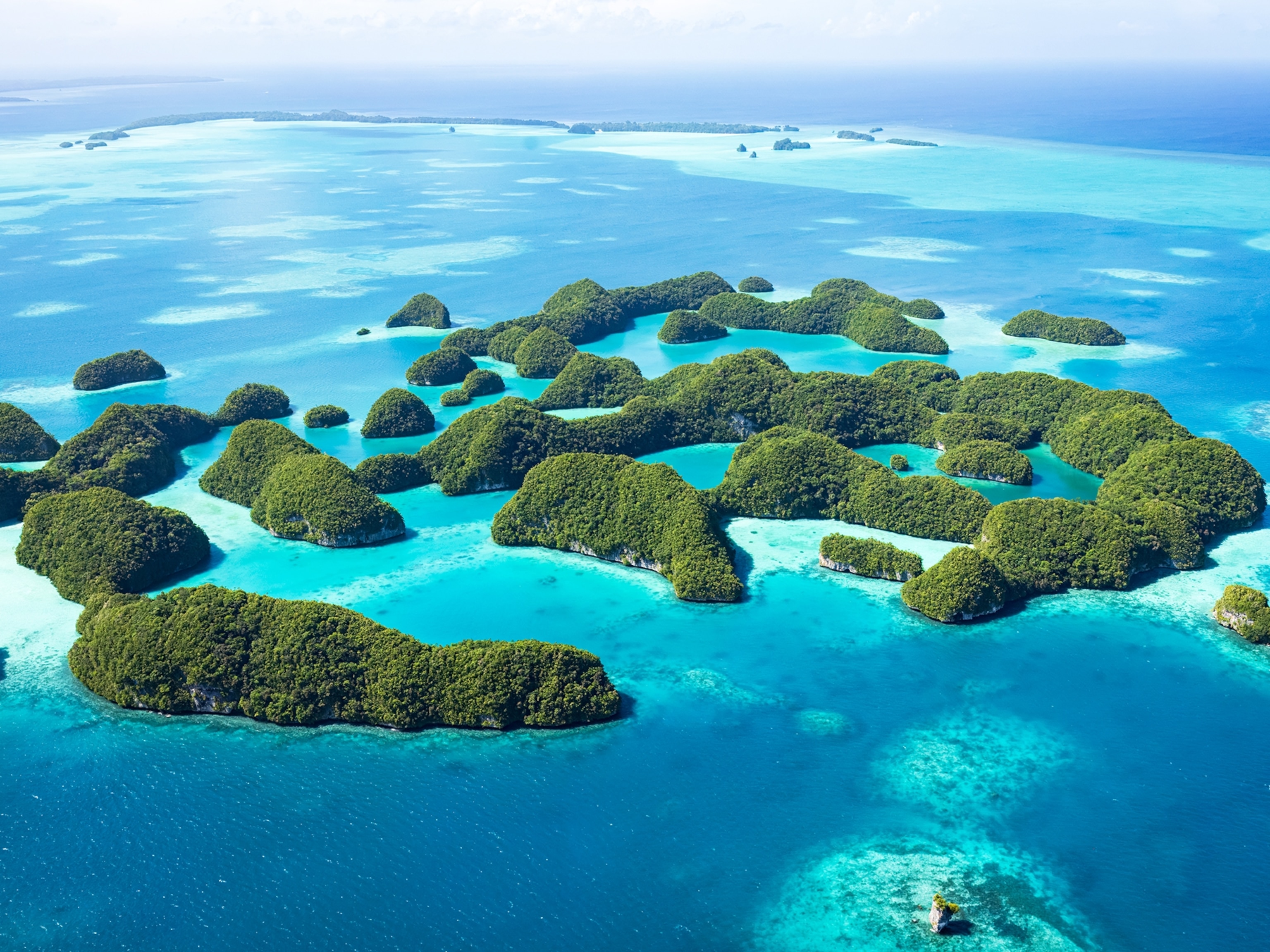
Kayaker Aleksander Doba
At 67 years old, a Polish kayaker completes the longest open-water kayaking expedition across the Atlantic in history.
UPDATE: The votes are in—more than 521,000 of them, more than ever before—and we have a winner. Aleskander Doba is our 2015 People's Choice Adventurer of the Year.
“People ask me how old I am, and I say, ‘I am not old! I am only 67 years young!'” laughs intrepid kayaker Aleksander Doba.
On April 19, 2014, Doba, who is now 68, paddled the final stroke of his 7,716-mile transatlantic journey, docking OLO, his 23-foot kayak, in a marina in New Smyrna Beach, Florida. The Polish native had departed from Lisbon, Portugal, on October 5, 2013, with the intention of paddling 5,400 miles across the Atlantic's widest point and arriving in Florida in mid-February. But storms and equipment failure threw Doba off course, tacking an additional 1,300 miles and two months onto a journey that already would have broken the record for the longest ever solo kayaking voyage. He is one of two people in the world to kayak across the Atlantic without a sail. No one had ever kayaked across open water for this many miles before his journey.
Doba traveled an average of 30 miles a day, often paddling at night, when the temperatures dropped. He slept no more than six hours a day in multiple installments, crammed into his cockpit on his side among five months' worth of food and equipment. Once he got far enough out from the shore, he spent most of the trip naked, deciding it was more comfortable.
When he was too far from shore to see any birds, Doba was surrounded instead by marine wildlife, from fish and dolphins to turtles, whales, and sharks.
“Dozens of sharks checked on me, but one was ready to attack me, and I had to whack his head with the paddle really hard to make him leave,” Doba remembers. “On the warmer part of the Atlantic Ocean, flying fish were a big, unexpected attraction. When a few landed on my kayak, I didn’t have to eat my lyophilized food for dinner that night.”
Doba didn’t begin kayaking until the age of 34 and didn’t train physically for the journey.
“I consider myself to be a tourist,” he explains. “I even do oceanic expeditions as a tourist. And a tourist does not prepare himself too much. I am generally physically active, ride a bike, work in my garden, and enjoy walking.”
Physically, Doba did not seem to experience any difficulty beyond some uncomfortable and persistent skin rashes caused by prolonged exposure to saltwater. But two months into the voyage, almost dead center in the North Atlantic, Doba’s satellite phone stopped working, rendering him unable to communicate for 47 days. Then the AA batteries for his SPOT personal tracking device failed, and the retired engineer had to rig a new, delicate connection using AAAs. He rode through 30-foot waves. He spent 40 unplanned days and nights wrestling with unfavorable winds and currents that sent him paddling in circles around the notorious Bermuda Triangle. Every two weeks, he would make another loop. Three times, he paddled 200 to 300 miles, only to get pushed back by the winds and currents.
Finally, the kayak’s rudder snapped in the storm, and, unable to battle against the trade winds with a broken rudder, Doba was forced to retreat to Bermuda to have his boat repaired.
Unloading OLO from the sloop that returned Doba back to the exact spot where he had been forced off course, the kayak's so-called wings, designed to act as roll bars to keep the vessel upright, broke. Still unflappable, Doba, who had never cared for the wings to begin with, removed the remainder of the broken pieces and the navigation light attached to them and used an empty plastic jug and duct tape to reattach the lights to the body of the kayak before waving the sloop away for the final 700 miles of his journey.
“After breaking off those wings, it took me only a few seconds to adjust and start to enjoy such an unexpected improvement of my kayak,” says Doba. “Without the wings, the kayak had greater lateral stability and was less sensitive to wind. It was like my wishes came true. My decision to continue didn’t take longer than a few seconds.”
This was not Doba’s first transatlantic crossing in OLO. In 2010, Doba spent 99 days of the First Transatlantic Kayak Expedition paddling 3,400 nautical miles (3,913 miles) across one of the narrowest points of the Atlantic, between Dakar, Senegal, and Acarau, Brazil.
“The First Transatlantic Kayak Expedition was to check myself and my kayak. The second trip was to ‘raise the bar,’” Doba says. “I have two sons and two granddaughters. I hope they will learn not to be afraid to dream, turn dreams into plans, and bring plans to reality. Then there is [the] satisfaction of great achievements.”
—Jen Altschul
THE INTERVIEW
National Geographic Adventure: Did you see any trash? What were the conditions of the oceans like, generally?
Aleksander Doba: On both routes, I saw floating garbage close to the coasts of Africa and Europe. However, in general, from my very low point of observation, the ocean looked clean. I did not see oil slicks and there were not large amounts of trash, just single pieces of rubbish. The biggest piece of junk floating in the water was a shattered, plastic 200-liter trash barrel.
NGA: From the photos, it looks like you only had enough room to sleep on your side. Is that right?
AD: When I packed things carefully and ate some food, I could lie down on my back.
NGA: How much harder it is to paddle your kayak than a normal kayak?
AD: OLO is 23 feet long and three feet wide and weighs 1,100 pounds, and I used a nine-foot-long kayak paddle. Navigating OLO was much more difficult than a usual kayak.
NGA: Was there ever a point where you thought you might not make it to Florida?
- National Geographic Expeditions
AD: No, although 40 nights of strenuous effort to break out of the trap of unfavorable winds in the Bermuda Triangle drained me very much.
NGA: Were you ever worried for your life?
AD: When I was alone on the ocean I had no fear for my life. However, in Brazil, while running the Amazon in my kayak in 2011, I survived two bouts of rogues with firearms and machetes. First, five bandits robbed me for three hours. A week later, three bandits went through my stuff for half an hour. In both cases, they held me at gunpoint with rifles, pistols, and machetes. I was not sure if they would leave me alive.
NGA: What did your wife say when you told her you were going to paddle a kayak across the Atlantic the first time? And the second?
AD: Before the first Transatlantic Kayak Expedition, my wife tried very hard to make me drop such an idea. Those were very, very hard times for both of us. Before the second expedition, there were similarly heavy struggles between us.
NGA: Do you think you will ever do anything like this again?
AD: I'm not going to repeat paddling the Atlantic Ocean, but paddling something else … maybe.







